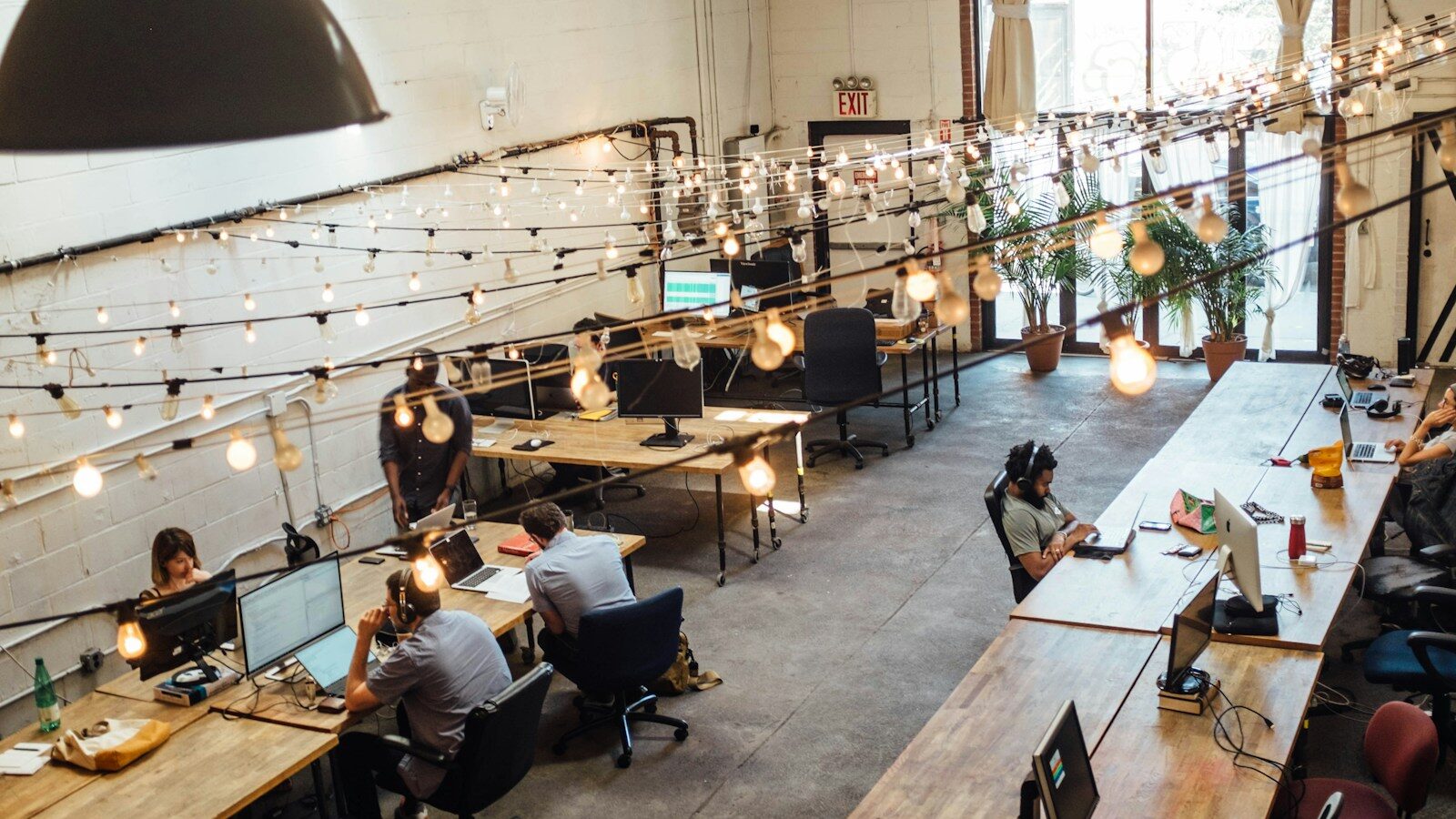While some of us will continue to work from home indefinitely, workplaces up and down the country are gearing up to reopen safely. If you’re set to go back to the office in the near future, the workplace you’ll return to will likely be very different to the one you left.
To ease the transition back into a new way of office life, what can we expect from our reopened workplaces?
A new layout will be in place
Firstly, you should expect your office space to look very different. To comply with continued physical distancing measures, your employer will have reconfigured seating plans and moved desks apart to separate people. You may even find yourself further separated from colleagues by partitions.
Hot-desking, where several employees use a single workstation at different times, will also go by the wayside as employers assign employees their own equipment and look to reduce the number of shared touchpoints people come into contact with on a daily basis.
It’s likely you will also see changes in communal spaces or high-traffic areas so required distancing can be maintained. This might involve arrows on the floor to indicate a single direction to walk in, removal of furniture to create more space or partitions installed so contact is avoided.
In short, the workplace will be re-ordered to keep people further apart than most of us have ever experienced before in our working lives.
Casual, in-person chats won’t happen as easily
By keeping staff physically distant, there will be fewer opportunities for in-person conversations. You can no longer simply look up from your monitor and ask a quick question, for example, or roll your chair over to your colleague’s desk to talk through an idea. Neither can you crowd into a meeting room for an in-person consultation with your team.
Whilst you will still encounter many more in-person interactions with your colleagues compared to your time remote working, you should expect significantly reduced levels of contact in comparison to pre-pandemic times.
In addition, you’ll no longer be able to sit and chat with colleagues in a break-out area or a communal kitchen.
We’ll be working on different timetables
Organisations will transition their workforce back into the office in stages to reduce density in the workplace. A rota-based system is the most likely strategy to begin with, which will see you continuing to work from home on certain days and coming into the office on others. This means you’ll only initially see those colleagues who are scheduled to work in the office on the same day or days as you.
Employers may also adopt staggered start and finish times to further reduce the number of employees gathering at the lift at the beginning and end of each day.
As most offices will be operating on reduced capacity for the time being, many people will continue to work remotely and some will keep this arrangement even once restrictions lift and offices are back to full capacity. With the widespread realisation that employees can work successfully from home, hybrid teams will become common.
As a result, the notion of having all your colleagues in the one co-located workplace all the time is a thing of the past. Instead, we’ll all need to become comfortable operating in a hybrid team where the majority of your interactions with your team members occur virtually.
We’ll find alternatives to suit our working style
Together, these changes result in a less interactive office environment. Chances are you’ll either relish or loathe this change – after all, all workplaces consist of people with a mixture of working styles. Some people shine in a collaborative, team-based environment where they can seek out in-person social stimulation, think out loud with others and brainstorm together at their desk.
In contrast, the introverts in your workplace thrive when working on individual tasks, value privacy, like to make their own decisions rather than consult a group, and come up with their best ideas after contemplating a problem on their own.
The latter group will welcome these workplace changes, while the former will miss the hustle and bustle of a full office, the opportunity to drop by their colleague’s desk to bounce ideas around and the chance to work closely with others in a group setting. There’s no doubt that we’ll find new measures to bring out the best in us all, so be ready to embrace ongoing change as the way we work continues to evolve.




